In many regions around the world, it’s that time of year again – fire season. But fire seasons are getting longer and more intense each year. Rising temperatures from our climate crisis dry out forests and other natural areas and make fires more likely.
In addition to the dire implications for our planet as a whole, there are more personal impacts. People are losing their lives, their homes, their belongings, their livelihoods. Wildlife is being killed off, and the forests that we all depend on are being wiped out. This year, with the additional risk of COVID-19, people will face even higher health risk, as fires intensify and air pollution increases.
This year’s fires, similar to years past, come from different causes. In Brazil, the fires are no accident. They are being deliberately set by farmers and land grabbers to expand the land used for cattle ranching and industrial agriculture production, and are part of a practice that is made even worse by Bolsonaro’s anti-environmental agenda. Indigenous Peoples are most at risk, as their homes, livelihoods and health are threatened by the fires.
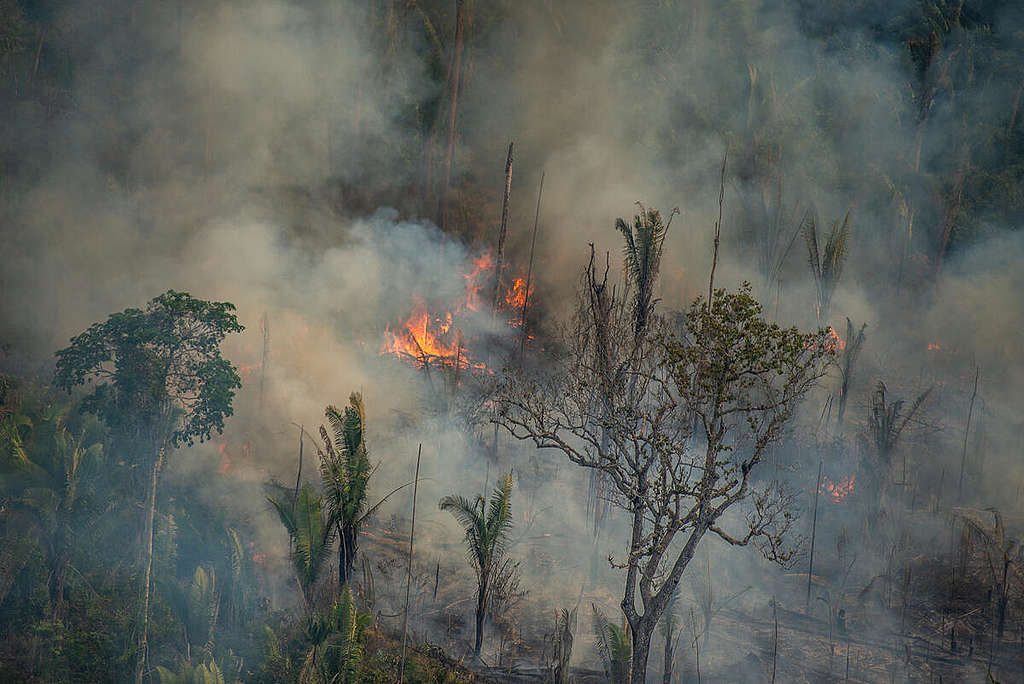
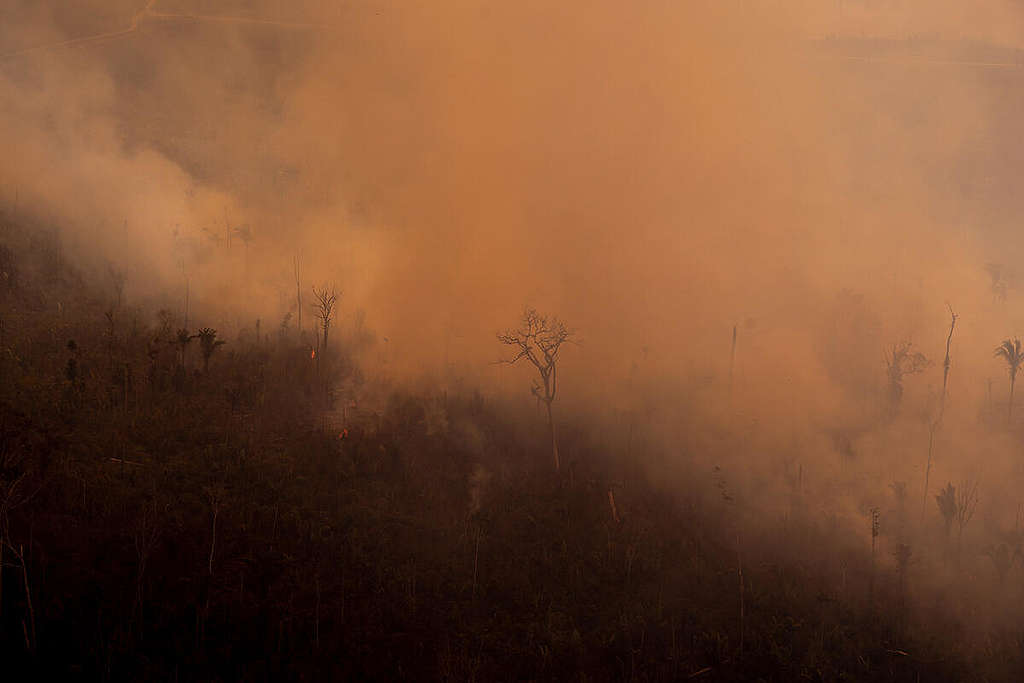
Argentina’s Paraná Delta is also on fire, threatening a vital ecosystem that is home to hundreds of species of plants and animals and helps regulate the climate. Like Brazil, these fires are mainly caused by farmers clearing the land for agriculture. However, the fires have been made worse by the strongest drought in 70 years and lack of rainfall.
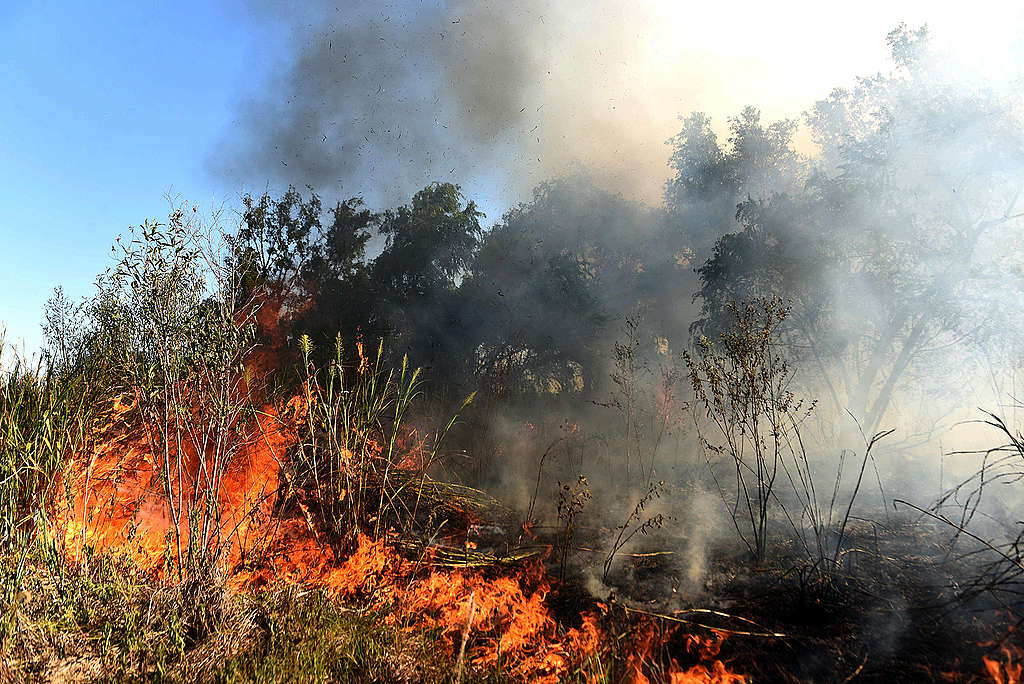
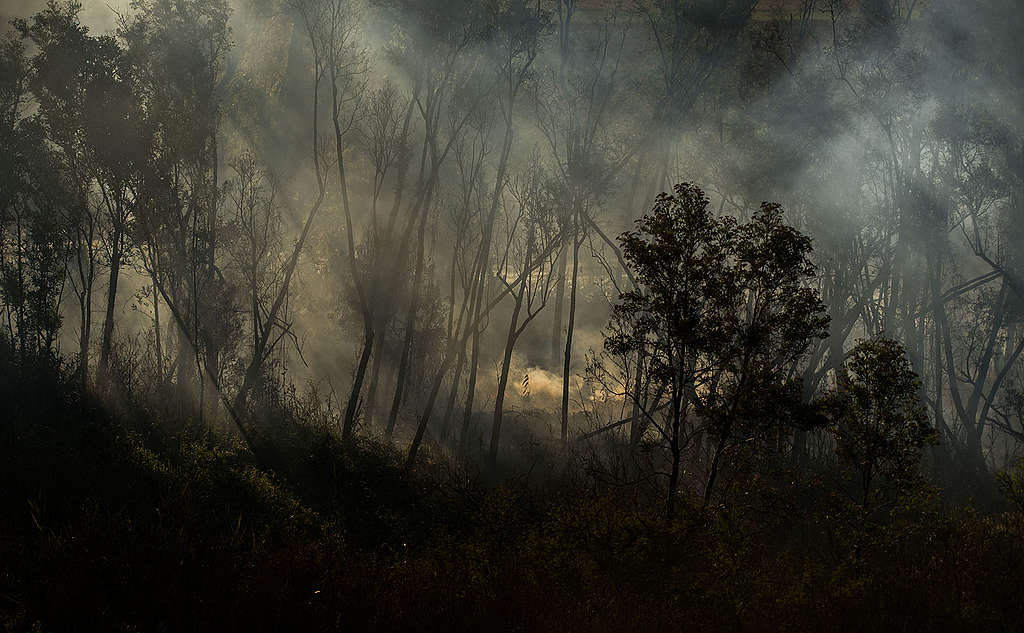
We are also seeing the state of California in the United States go up in flames, forcing hundreds of thousands to evacuate and leaving the state with the worst air quality in the world.
This wave of wildfires — sparked by a historic heatwave and lightning — includes blazes that already rank among the largest in state history. Smoke from the fires is spreading across the western US and the Pacific Ocean.
In 2020, the California fires are worsened by one crisis facing the region and worsening another:
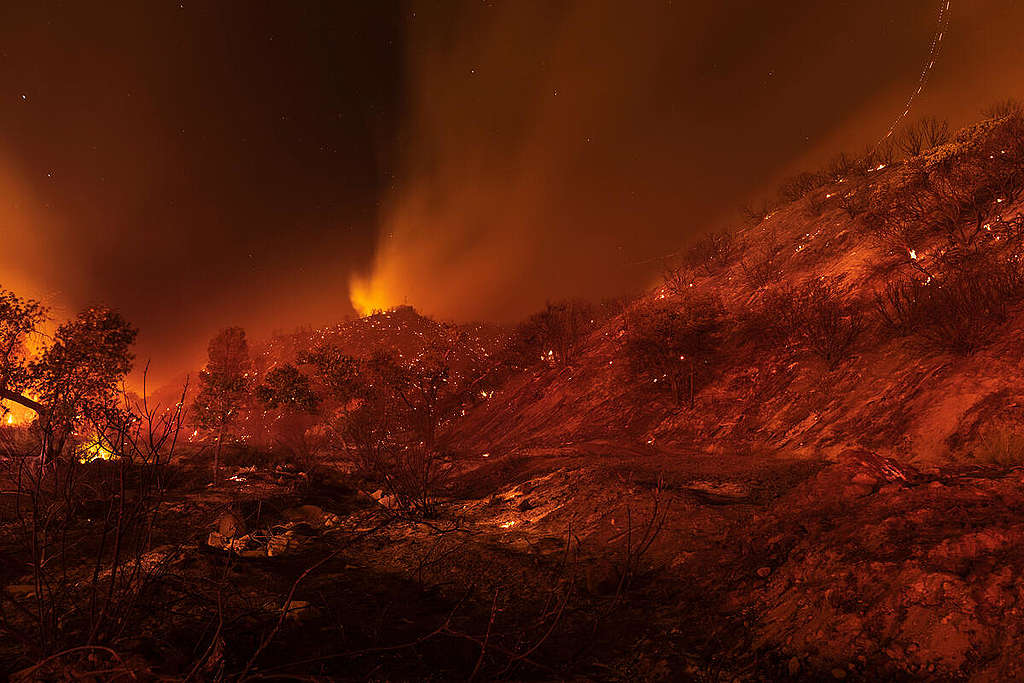
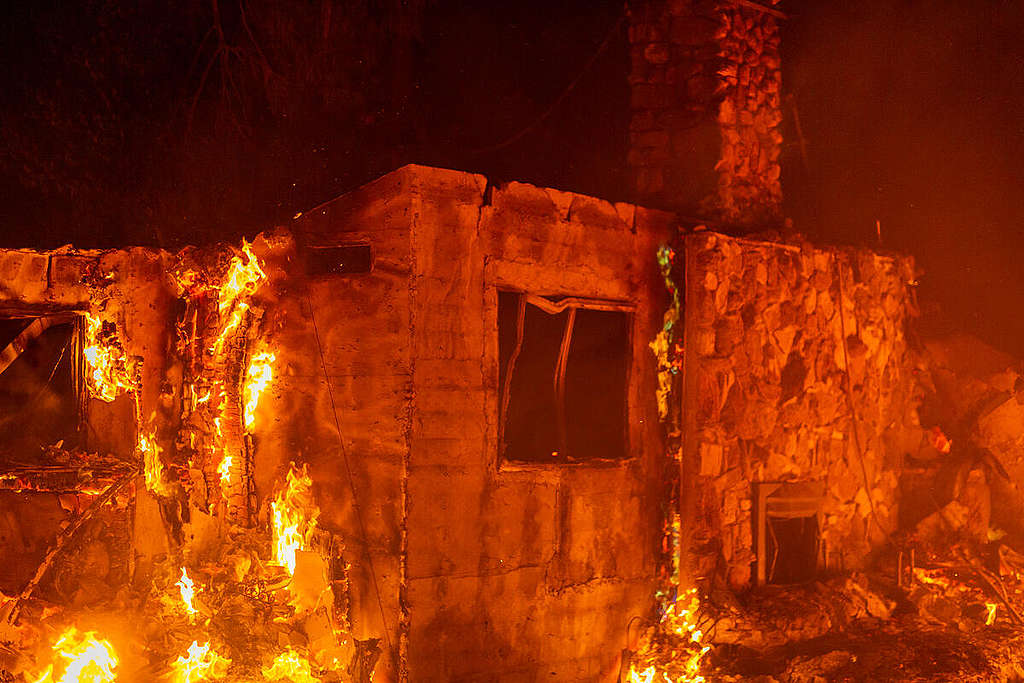
In Siberia, this summer has already brought extreme heat waves, oil spills caused by thawing permafrost, and raging forest fires. According to satellite monitoring data, the total area burnt by fires in Russia since the beginning of 2020 has overcome 22 million hectares. More than 14 million hectares of these territories suffered forest fires. Most of these fires are not being fought. Russian authorities have a legal consent not to do it as the economic consequences do not outweigh the resources needed to fight those fires.
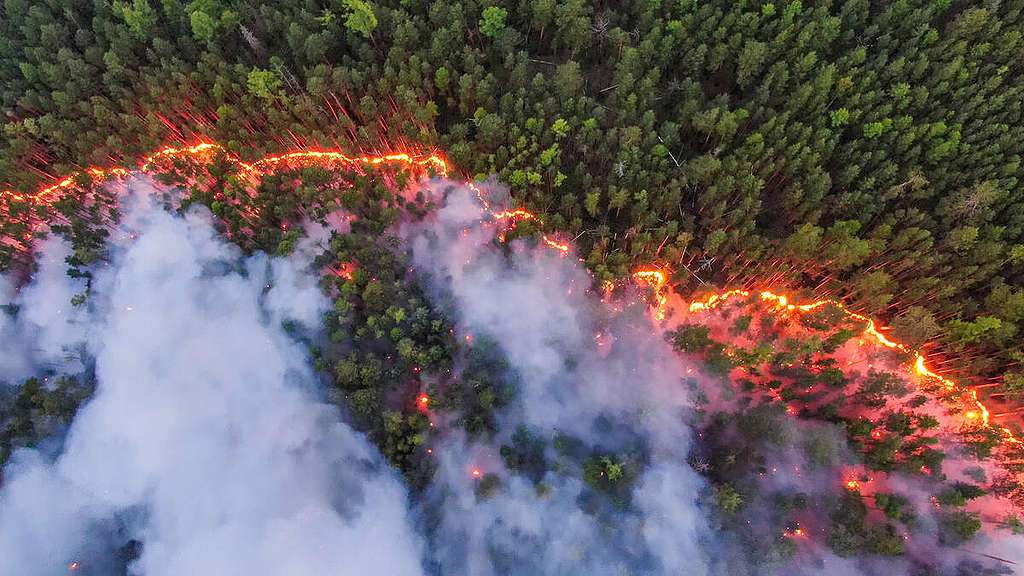
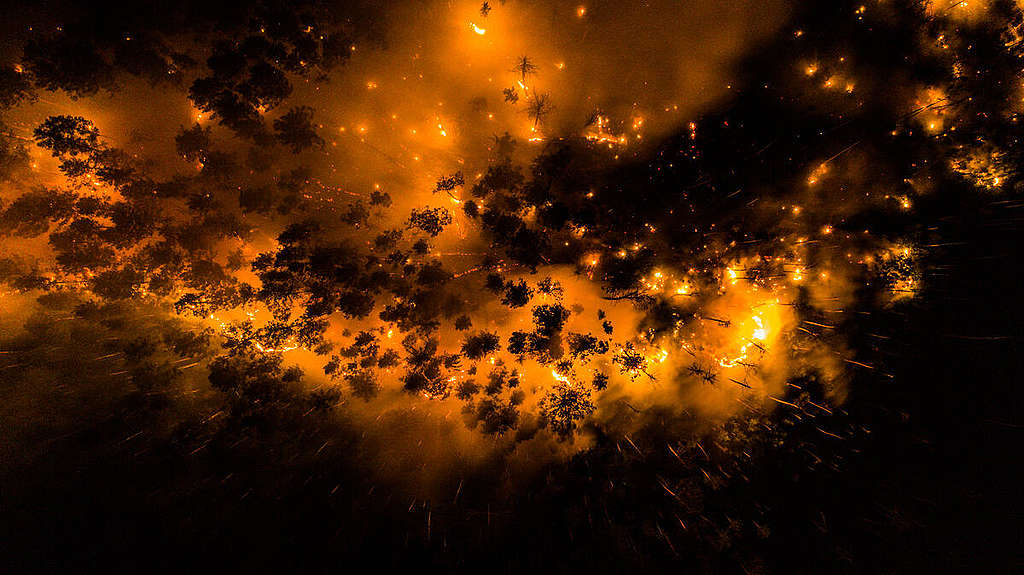
In all these countries, local leaders must stand up and take bold action to protect the forests and their people, and as a global community, we must work together to find solutions to end the climate crisis.
https://www.greenpeace.org/international/story/44725/the-planet-on-fire-in-photos/
2020-08-25 17:16:03Z
CBMiUmh0dHBzOi8vd3d3LmdyZWVucGVhY2Uub3JnL2ludGVybmF0aW9uYWwvc3RvcnkvNDQ3MjUvdGhlLXBsYW5ldC1vbi1maXJlLWluLXBob3Rvcy_SAQA
Bagikan Berita Ini














0 Response to "The planet on fire – in photos - Greenpeace International"
Post a Comment